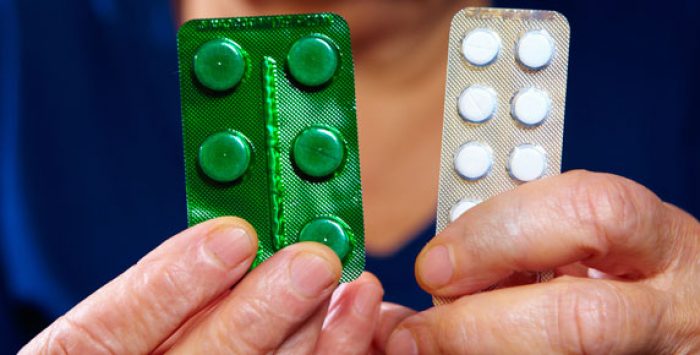What is Medicare Part D catastrophic coverage?
Catastrophic coverage is the phase of Medicare Part D coverage during which an enrollee’s covered drugs no longer have any out-of-pocket costs for the remainder of the year. Instead, the costs are paid by the drug manufacturer, Medicare, and the Part D plan.
The elimination of out-of-pocket costs during the catastrophic coverage phase took effect in 2024, due to the Inflation Reduction Act. And that law limited Part D out-of-pocket costs even more in 2025. Before 2024, enrollees had unlimited out-of-pocket costs during the Part D catastrophic coverage phase.
What are the phases of Medicare Part D coverage?
Historically, there were four phases of Part D coverage: The deductible phase, the initial coverage phase, the coverage gap (donut hole) phase, and the catastrophic coverage phase. But as of 2025, the coverage gap phase was eliminated, due to the Inflation Reduction Act. And out-of-pocket costs have been simplified and reduced. Here’s how the Part D coverage phases work in 2025:
- Deductible phase. If the plan has a deductible, the enrollee is responsible for paying it before any benefits kick in, other than the plan-negotiated rate for the drugs (a plan might have some drugs subject to the deductible while others are not; specific details vary by plan). The maximum deductible is $590 in 2025; some plans have lower deductibles or no deductibles.
- Initial coverage phase. This starts after the deductible has been met, and continues until the enrollee’s total out-of-pocket costs reach $2,000 in 2025 (this cap will be indexed in future years). During the initial coverage phase, the enrollee will pay no more than 25% of the cost of their medications (some plans have copays that amount to less than 25% of the cost). The drug plan pays most of the cost, and the drug manufacturer picks up 10%.
- Catastrophic coverage phase. This phase begins if and when the enrollee’s total out-of-pocket costs (for drugs covered by their Part D plan) reach $2,000 in 2025. For the remainder of the year, the enrollee will have no out-of-pocket costs for drugs covered by their Part D plan. The cost of their medications will instead be paid by their Part D plan, Medicare, and the drug manufacturers.



